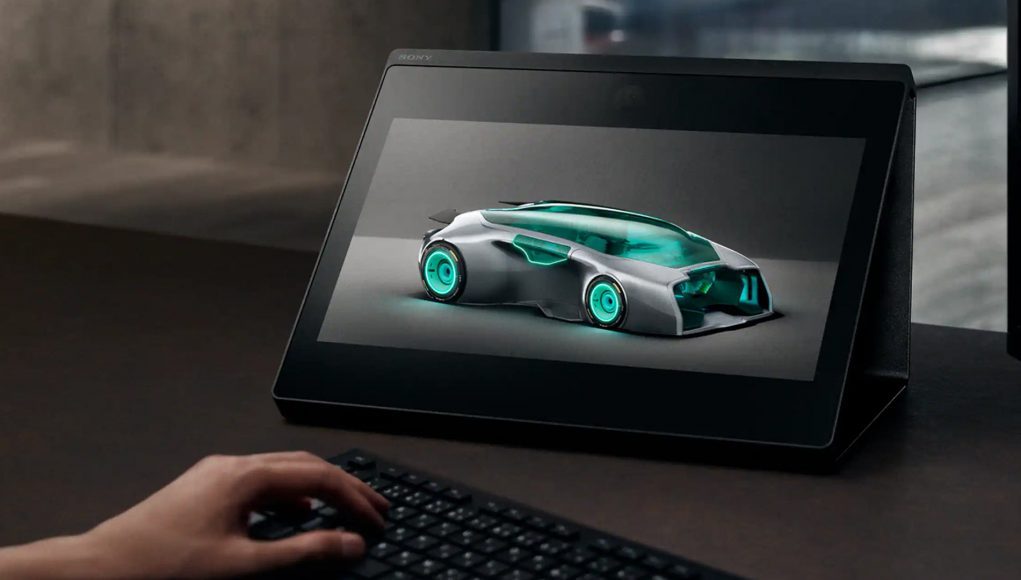Sony recently unveiled Spatial Reality Display, a 15.6-inch 4K panel that includes both eye-tracking and embedded lenticular lens array so users can view 3D content with the naked eye.
In contrast to the $3,000 Looking Glass Holographic Monitor, which is decidedly much chunkier due to its optical array and light field rendering tech, Sony’s Spatial Reality Display is attacking the problem of 3D viewing from a different angle.
Somewhat like the glasses-free 3D TVs that made big news in the early 2010s, Spatial Reality Display lets you see rendered 3D content (and presumably also light fields) without needing any special glasses or VR headset. Priced at $5,000 and only capable of serving up 3D content to one person at a time though, Sony is targeting its new display at fields such as product design, 3D art, and other enterprise use cases.
On the company’s website, Sony says it serves up a 3D image by way of a single high-speed sensor that follows eye movement and the head’s position as it moves to readjust to naturally ‘look around’ the virtual objects being displayed.
A micro optical lens is layered on top of a 15.6-inch, 4K LCD display, which divides the image into the left and right eyes allowing for stereoscopic viewing. The company says its algorithm provides for real-time processing of content, allowing 3D images to “appear as smooth as in real life, even if you move around.”
Sean Hollister of The Verge got a chance to go hands-on with the device, saying that although initially impressive, the device’s 3D illusion was admittedly “easy to break.”
You’re looking into a virtual diorama roughly 13” by 6” by 5” by my estimates, and any virtual objects deeper or taller than that will simply get cut off by the edges of the display. If you lean in too close or too far to any side, Sony’s camera can’t track you and the 3D effect can twitch and disappear. The image also twitched when my wife tried to get a glimpse alongside me. Sony says it’s designed for one viewer at a time.
Sony says direct sales will open to the general public in November, and that it’s already seeded the device across companies such as Volkswagen, Ghostbusters studio Ghost Corps, and “one of the largest architectural firms in the world,” Sony tells The Verge.
The company is also providing compatibility with Unity and Unreal Engine 4, making it easier to export 3D content using its own SDK. In the meantime, you can sign up here for a virtual webinar demo of the device.







